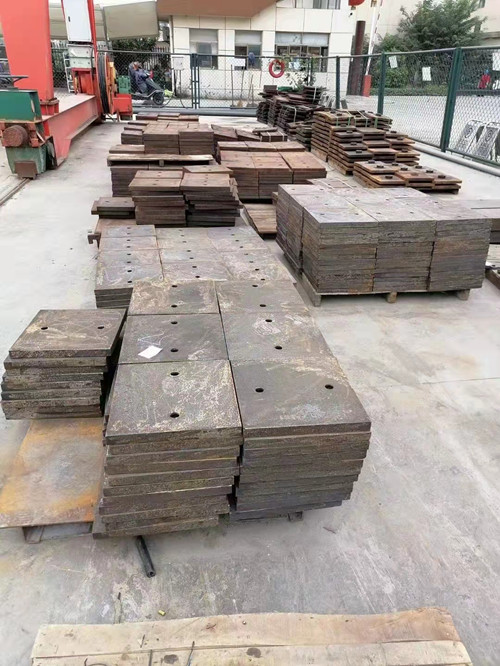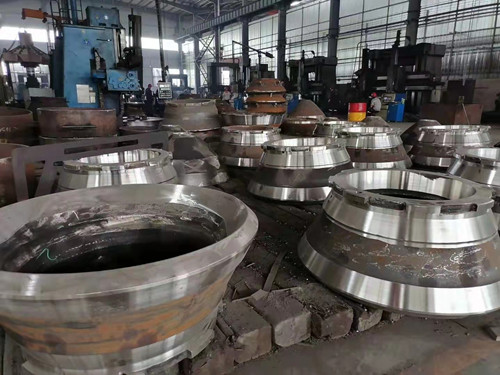We often use wear-resistant plate and wear-resistant liner plate which have almost become parts of our life. What can they be used for? Let’s take a brief introduction it below. We hope it will be helpful to everyone.

First, we can understand the structural difference between wear plates and wear liners. Wear-resistant plates are generally composed of alloy wear-resistant layers and low-carbon steel plates. We must choose them seriously according to good wear resistance. Wear-resistant lining plates are generally made through cutting, coil deformation, punching and welding which can be made into different shapes. We need to know whether it has a good variability or not while choosing it that we can easily make it into the product we need.
Secondly, we can understand the difference of performance between wear plates and wear liners. For the high wear resistance and impact resistance, wear-resistant plates can be used to cut, bend and weld while using it and save our time for its convenience. As for wear-resistant liners, we can blend it at any time we need because of their deformability and weldability. And it can also be processed into engineering parts in extreme condition.
Third, we can understand the difference of application between wear plates and wear liners. Wear-resistant plate has a wide range of uses. We can use it in heat-engine plants to facilitate our power generation. It can also be used in coal yards, cement plant and various machinery factories to bring great conveniences to our life and work. Wear-resistant liner plates can be made into engineering parts on various wearing equipment as replaceable parts of worn mining industry so that we can replace it in time if they are broken during work.

Zhejiang Shanvim Industrial Co., Ltd., established in 1991, is a wear-resistant parts casting enterprise; it is mainly engaged in wear-resistant parts such as Jaw Plate, Excavator Parts, Mantle, Bowl Liner, Hammer, Blow Bar, ball mill liner, etc.; High and ultra-high manganese steel, anti-wear alloy steel, low, medium and high chromium cast iron materials, etc.; mainly for the production and supply of wear-resistant castings for mining, cement, building materials, electric power, crushing plants, machinery manufacturing and other industries; annual production capacity is about 15,000 tons or more the mining machine production base.
Post time: Mar-17-2022

